Water Monitoring
Home / Products / Monitoring / Water Monitoring
Water monitoring is the process of measuring and analyzing various parameters of water quality and quantity, such as temperature, pH, dissolved oxygen, turbidity, conductivity, pressure, flow, and level. Water monitoring is essential for various applications, such as water supply, wastewater treatment, irrigation, aquaculture, recreation, and environmental protection. In this article, we will introduce some of the IoT-based monitoring systems that can help you improve your water management and efficiency.
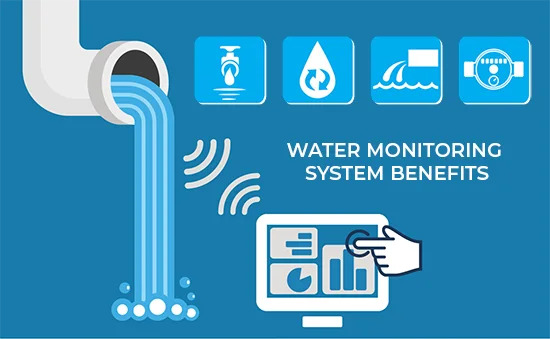
Water quality monitoring is the process of assessing the physical, chemical, and biological characteristics of water to determine its suitability for different purposes. Water quality monitoring can help you detect and prevent water pollution, ensure water safety and compliance, and optimize water treatment and reuse. IoT-based water quality monitoring systems use sensors and devices to collect and transmit data from various water sources and locations, such as rivers, lakes, wells, tanks, and pipes. These data can be analyzed and visualized using cloud computing and machine learning to provide real-time insights and alerts on water quality conditions and trends. For example, an IoT-based water quality monitoring system can help you monitor the levels of contaminants and pollutants in water sources, such as pH, temperature, dissolved oxygen, and oxidation-reduction potential. It can also help you predict the risk of water contamination and provide recommendations for water quality improvement.

Water pressure monitoring is the process of measuring and regulating the force exerted by water in a pipe or a container. Water pressure monitoring can help you prevent water leaks, bursts, and damages, ensure water flow and distribution, and reduce water wastage and costs. IoT-based water pressure monitoring systems use sensors and devices to measure and control the water pressure in various points of the water network, such as pumps, valves, and faucets. These data can be communicated and processed using wireless networks and cloud computing to provide real-time feedback and control of water pressure levels and fluctuations. For example, an IoT-based water pressure monitoring system can help you detect and locate water leaks and bursts, adjust the water pressure according to the demand and supply, and optimize the water network performance and efficiency.
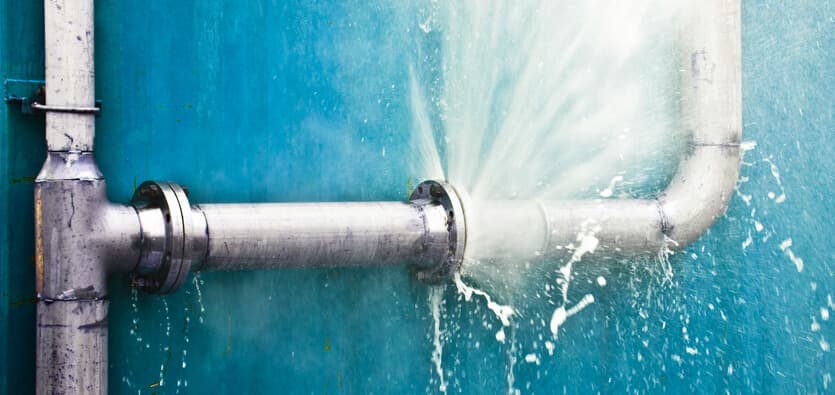
Sewerage monitoring is the process of measuring and analyzing the flow and quality of wastewater in sewer pipes and treatment plants. Sewerage monitoring can help you prevent sewer overflows, blockages, and odors, ensure wastewater treatment and disposal, and protect public health and the environment. IoT-based sewerage monitoring systems use sensors and devices to collect and transmit data from various sewer segments and locations, such as manholes, pumps, and outlets. These data can be analyzed and visualized using cloud computing and machine learning to provide real-time insights and alerts on sewerage conditions and issues. For example, an IoT-based sewerage monitoring system can help you monitor the flow and level of wastewater in sewer pipes, detect and prevent sewer overflows and blockages, and optimize wastewater treatment and reuse.
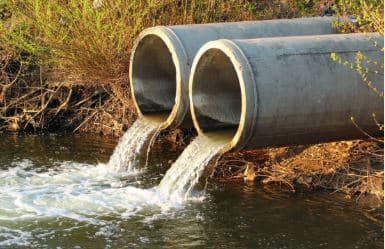
Swimming pool monitoring is the process of measuring and maintaining the water quality and safety of swimming pools. Swimming pool monitoring can help you prevent waterborne diseases, infections, and irritations, ensure pool hygiene and compliance, and enhance pool user satisfaction and comfort. IoT-based swimming pool monitoring systems use sensors and devices to measure and regulate the water quality and safety parameters of swimming pools, such as chlorine, pH, temperature, and turbidity. These data can be communicated and processed using wireless networks and cloud computing to provide real-time feedback and control of pool water conditions and trends. For example, an IoT-based swimming pool monitoring system can help you monitor and adjust the chlorine and pH levels of pool water, detect and prevent water contamination and algae growth, and optimize pool water treatment and maintenance.
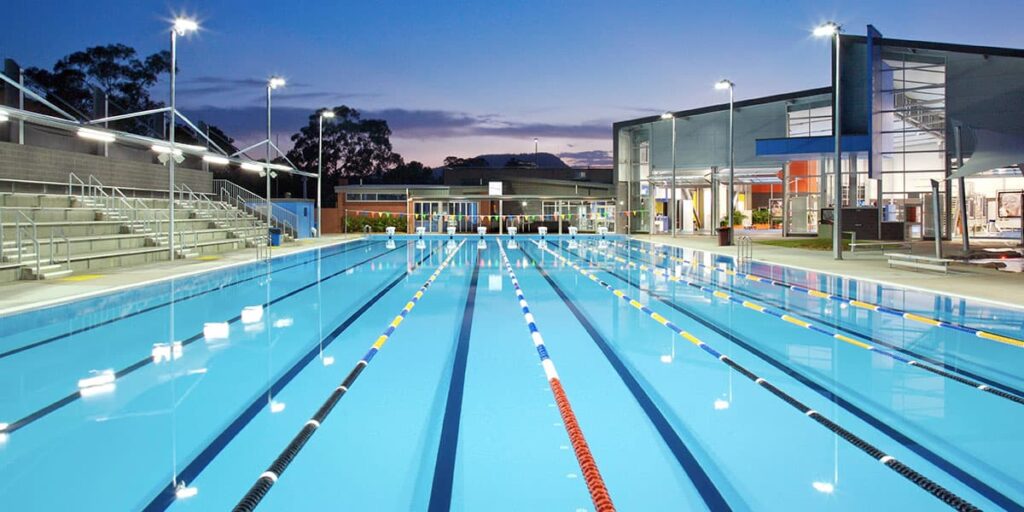
Smart water tank monitoring is the process of measuring and managing the water level and quality of water tanks. Smart water tank monitoring can help you prevent water shortages, overflows, and wastage, ensure water availability and reliability, and reduce water costs and energy consumption. IoT-based smart water tank monitoring systems use sensors and devices to measure and control the water level and quality of water tanks, such as rainwater tanks, storage tanks, and irrigation tanks. These data can be communicated and processed using wireless networks and cloud computing to provide real-time insights and alerts on water tank conditions and status. For example, an IoT-based smart water tank monitoring system can help you monitor and control the water level of water tanks, detect and prevent water leaks and overflows, and optimize the water tank filling and emptying.
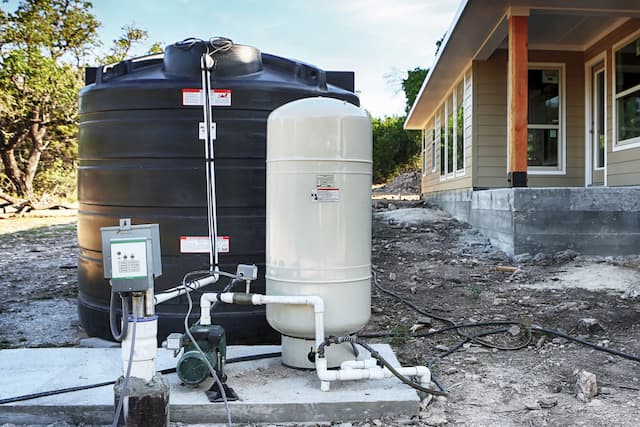
Smart spa monitoring is the process of measuring and maintaining the water quality and safety of spas and hot tubs. Smart spa monitoring can help you prevent waterborne diseases, infections, and irritations, ensure spa hygiene and compliance, and enhance spa user satisfaction and comfort. IoT-based smart spa monitoring systems use sensors and devices to measure and regulate the water quality and safety parameters of spas and hot tubs, such as chlorine, pH, temperature, and turbidity. These data can be communicated and processed using wireless networks and cloud computing to provide real-time feedback and control on spa water conditions and trends. For example, an IoT-based smart spa monitoring system can help you monitor and adjust the chlorine and pH levels of spa water, detect and prevent water contamination and algae growth, and optimize spa water treatment and maintenance.

The benefits of using IoT-based water monitoring systems are numerous and significant. IoT-based monitoring systems can help you:
- Improve water quality and safety by detecting and preventing water pollution, contamination, and diseases.
- Improve water management and efficiency by optimizing water flow, distribution, pressure, and consumption.
- Improve water network performance and reliability by preventing water leaks, bursts, damages, and overflows.
- Improve water treatment and reuse by enhancing wastewater treatment and disposal, and rainwater harvesting and storage.
- Improve water compliance and accountability by ensuring water standards and regulations, and providing water data and reports.
- Improve water cost and energy savings by reducing water wastage and losses, and minimizing water pumping and treatment costs.
- Improve water user satisfaction and comfort by enhancing water availability and reliability, and providing water feedback and control.
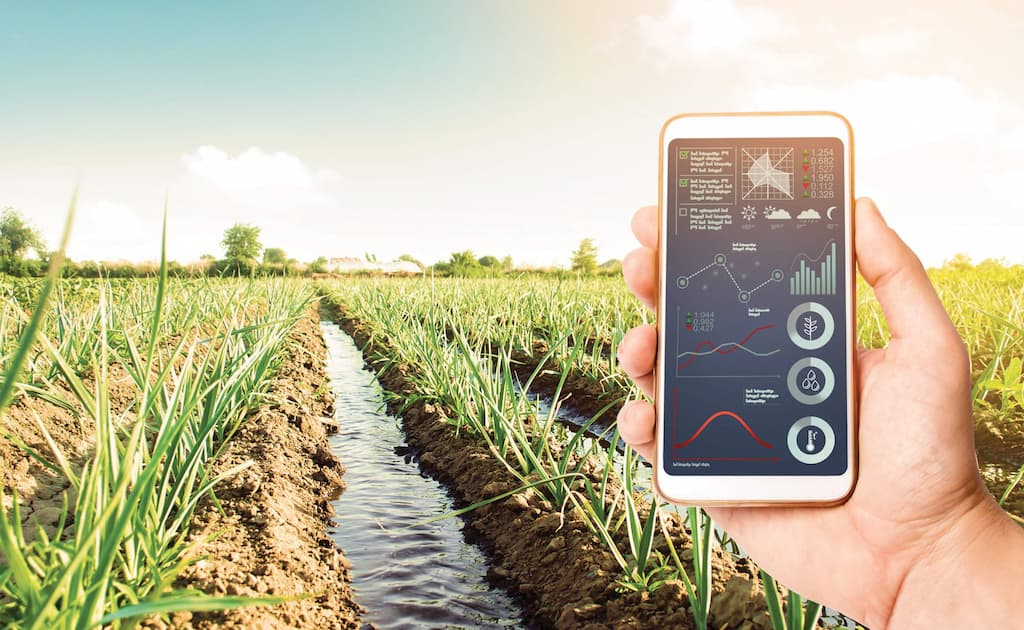
The risks of not using IoT-based water monitoring systems are also numerous and significant. Not using IoT-based monitoring systems can expose you to:
- Poor water quality and safety by increasing the chances of water pollution, contamination, and diseases.
- Poor water management and efficiency by wasting water flow, distribution, pressure, and consumption.
- Poor water network performance and reliability by causing water leaks, bursts, damages, and overflows.
- Poor water treatment and reuse by compromising wastewater treatment and disposal, and rainwater harvesting and storage.
- Poor water compliance and accountability by violating water standards and regulations, and lacking water data and reports.
- Poor water cost and energy savings by increasing water wastage and losses, and maximizing water pumping and treatment costs.
- Poor water user satisfaction and comfort by reducing water availability and reliability, and lacking water feedback and control.
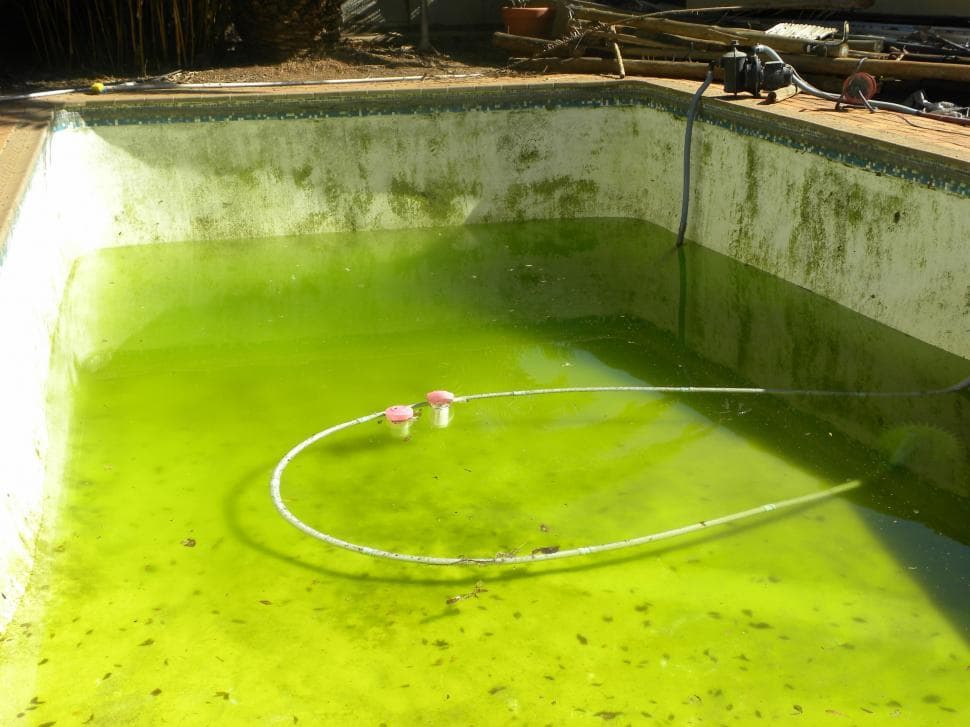
As you can see, IoT-based water monitoring systems are essential for various water applications and benefits. If you want to improve your water quality and quantity, you should consider using IoT-based systems. They can help you monitor, manage, optimize, and enhance your water resources and networks. They can also help you save water, money, and energy, and protect your health and the environment. IoT-based water monitoring systems are the smart way to handle your water needs.
